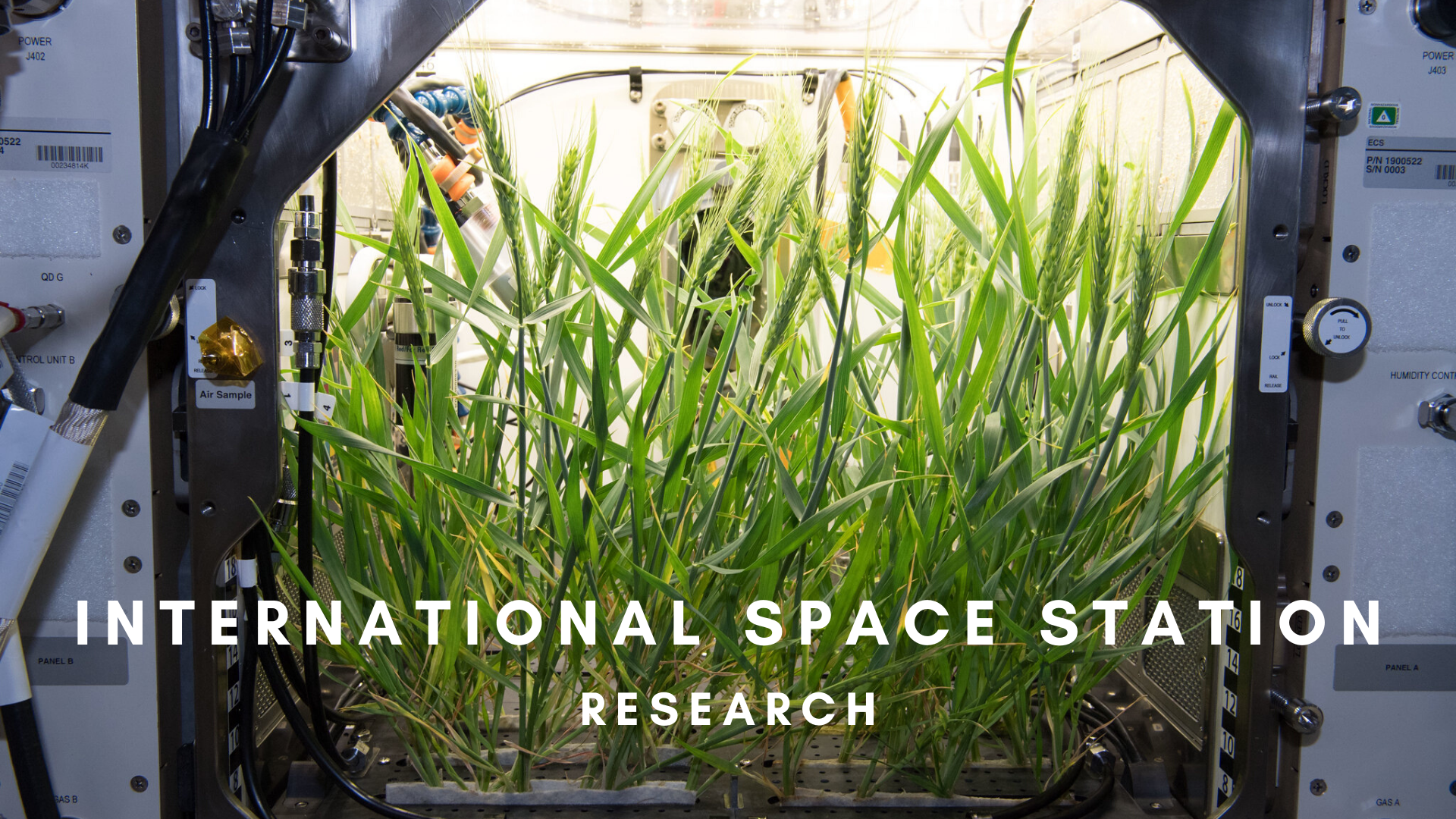

PROCESS PAPER
While looking for ideas to investigate in history, we brainstormed the topic of the International Space Station (ISS). The space station seems to bridge so many issues we see on Earth regarding the need for International cooperation, propelling science forward, engineering newer tools and technology, and levelling gender biases. Katelynn’s family also has a history of working on building components for the space station, so we knew we could get first-hand primary source information and learn a lot about the development of the space station through the years.
As 6th Graders, we have yet to delve into modern World History in our school classes, so we utilized many resources to learn about the Cold War, the Space Race, and building the ISS, through books, websites, newspapers, and a microfilm machine from the Kansas State Archives. We did several interviews. Katelynn’s Grandfather, who worked in the aerospace industry helping to manage, design, and build parts of the ISS, helped us learn about broader concepts of the ISS and changes over the years of development. Astronaut Stephen Robinson gave us a closer look at what life was like aboard the ISS, and Dr. Stephen Chapes shared valuable information based on the merits of using the ISS for research. Dr. Dolan Bhattacharyya gave us a female perspective of space research. The NASA website was extremely helpful with the depth of information it holds. Our interview with Garrett Katzenstein gave us a much more rounded view of space education, research, business, and a new mindfulness of how we treat our low Earth orbit (LEO).
Beginning with a timeline, we took chronological notes, starting with us learning about the Cold War and the Space Race. There was a lot of new vocabulary. Then, we organized our notes and research from a variety of sources. After that, we summarized and rewrote our notes to express our thoughts on the topic and to find the barriers that were broken during the process of creating, and operating, a space station in low Earth orbit. Learning to build the website was challenging, as well as using Canva to create captivating heading photos with titles for each page and edit video using the Perfect Video app. We added pictures, quotes, and video to help illustrate each paragraph's theme. Opening it up to fellow classmates and teachers provided useful information, presentation practice, and editing help. Constructive criticism from district and state level judges has helped us tell this complicated piece of history with more clarity.
The International Space Station broke many barriers in our world. It brought countries together to make and use resources that everybody needed. It also showed to humanity, that men and women alike, from countries far and wide, must work together to reach a similar goal, and put deep space exploration within our grasp. A shared vision to protect our planet and its people, yet also look beyond Earth to dream of distant horizons.